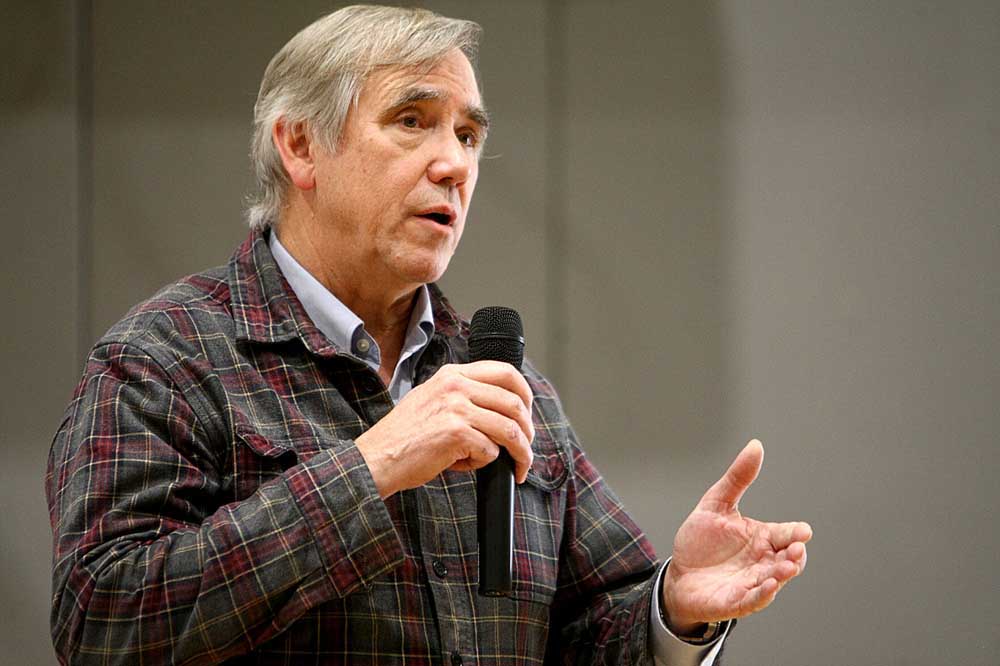Capital Chatter: Budget cuts doesn’t mean spending less
Published 8:00 am Thursday, January 26, 2017

- Capital Chatter: All sides waiting for Brown to lead
• Why Oregon has budget woes despite the good economy: “We are a state, not the federal government, and our budgets actually have to balance,” said state Sen. Richard Devlin, of Tualatin, referring to the 2017-19 budget framework that he and Rep. Nancy Nathanson presented last week.
Democrats Devlin and Nathanson, of Eugene, are the co-chairs of the Legislature’s Joint Ways & Means Committee. It is noteworthy that Oregon has a combined House and Senate committee where agency budgets are hashed out. It’s a more efficient system than in Congress, where the Senate and House have their own budget committees.
Trending
Because the state budget must be balanced, Devlin said, “We literally have to cut back in every part of the budget.” But “cuts” refer to program reductions, not necessarily spending less money.
State revenue will increase by $1.3 billion during 2017-19. That is according to the co-chairs, who are the budget experts. Some legislators are touting slightly different numbers.
• Rolling the budget forward: The state does not start from scratch when building a budget. Instead, officials start with what it would cost to run existing state and school programs at their current levels. For that, there is a $1.8 billion shortfall because of increased costs and decreased federal funding.
That shortfall could expand if Congress and the Trump administration reduce federal funds that come to states.
Gov. Kate Brown had proposed a larger budget than the co-chairs, because she had included proposed tax and fee increases. In contrast, the co-chairs’ budget is based on existing revenue.
The co-chairs made their own calculations about agency spending rather than just relying on the governor’s numbers.
Trending
The governor does have line-item veto power, so her proposal is a guideline for what she will and won’t accept when the Legislature finishes its budget work.
During the Great Recession, Oregon lost 7,000 school personnel, according to Devlin. As the economy improved, school districts refilled many of those jobs. Devlin said the current situation could reverse many of those reinvestments.
• Look behind the closed doors: The co-chairs’ bleak budget framework has been criticized as a tactic to force tax increases. Nathanson said she hoped Oregonians would reject the budget framework as too devastating to schools and public programs.
Behind-the-scenes talks are going on, including a meeting last week among business leaders and several legislators, to agree on revenue increases and spending decreases. Business could accept higher taxes in return for reducing the costs of the Public Employees Retirement System. But agencies also need to deliver on their core mission instead of expanding so much.
• One Republican senator’s response: State Sen. Dennis Linthicum, R-Klamath Falls, said: “I agree — the budget proposal is unacceptable. It is unacceptable because it merely supports the status-quo by presenting ever-growing government, more regulations and increasing taxes as the only reasonable budget expectation. …
“Using ‘baseline budgeting’ ideology as the operating standard doesn’t identify programs that are inefficient or unnecessary.”
Dick Hughes has been covering the Oregon political scene since 1976. Contact him at TheHughesisms@Gmail.com.





